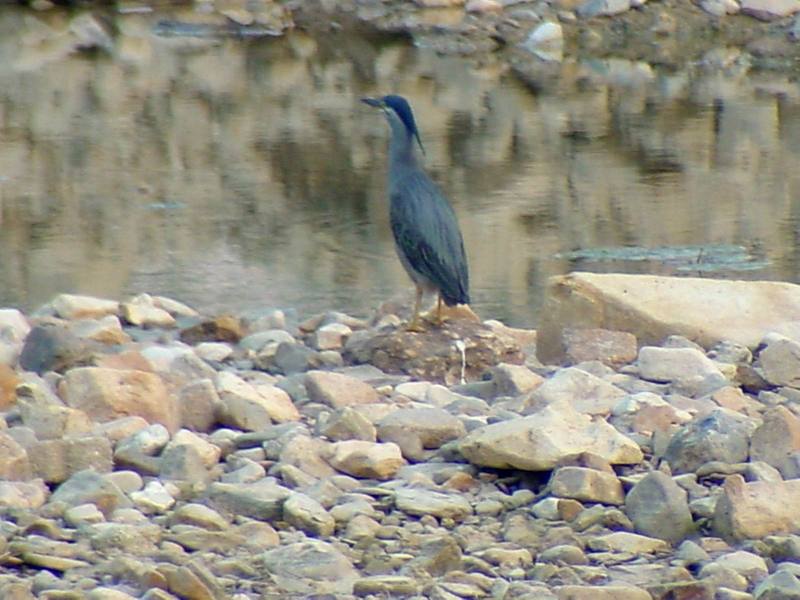|
Green-backed Heron (검은댕기해오라기) (Butorides striatus amurensis)
| 제목: | Green-backed Heron (검은댕기해오라기) (Butorides striatus amurensis)
| | 올린이: | Jinsuk Kim (kusnij@naver.com)
| |

| 해상도: 1600x1200
파일크기: 221663 Bytes
촬영일: 2004:06:11 19:00:55
사진기: MAVICA (SONY)
F number: f/2.8
Exposure: 1/85 sec
Focal Length: 600/10 cm
등록시간: 2004:06:13 17:17:06
|
Kapchon Stream, Yuseong-gu, Daejeon, Korea |
^o^
동물그림창고 똑똑전화 누리집
^o^
|
|

